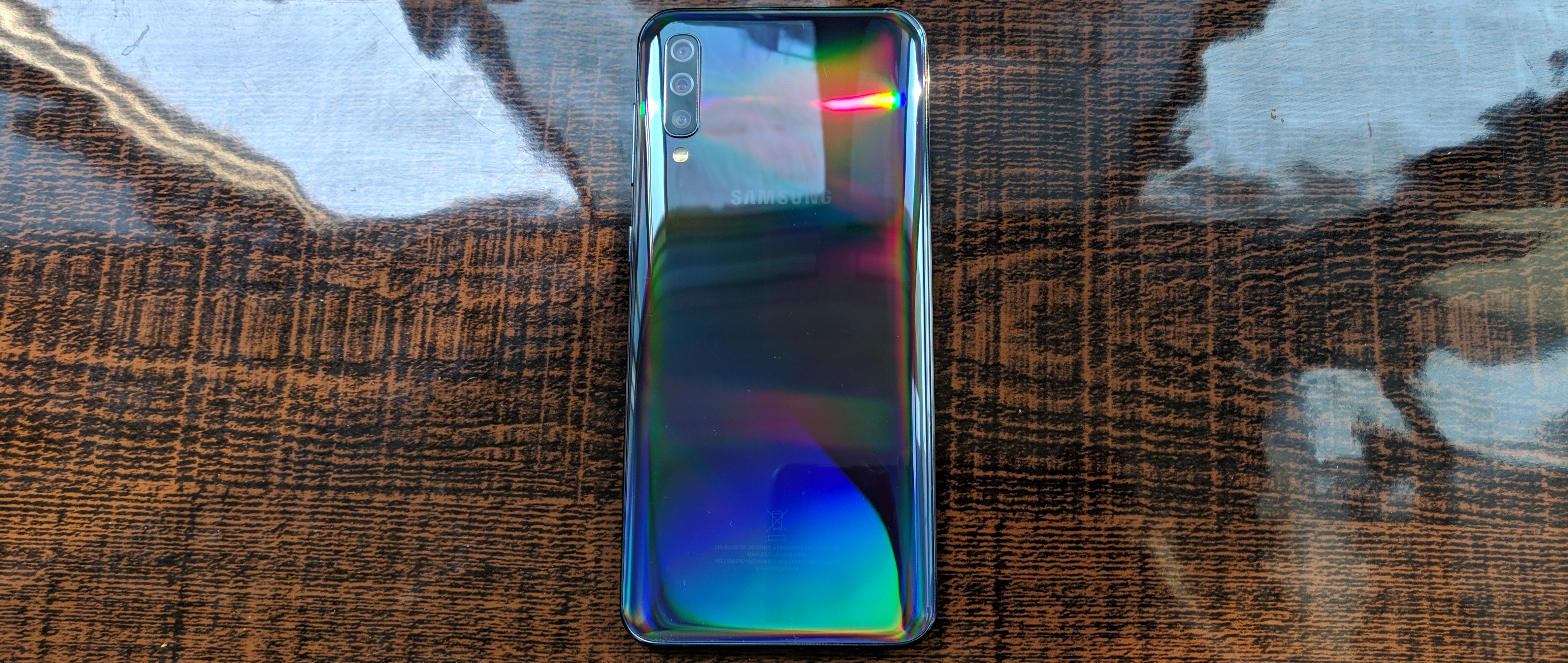TechRadar Verdict
Samsung Galaxy A50 is a step in the right direction. From an AMOLED display that's great to watch content on, to the dazzling back panel of the phone, its a stunner – but falls short with some key features.
Pros
- +
Luminous back cover
- +
Large and bright display
- +
Decent battery life
Cons
- -
Camera performs poorly in low-light
- -
Samsung OneUI feels slow to use
Why you can trust TechRadar
With the Galaxy A50, Samsung tries to recreate its dominance in the upper levels of the mid-range smartphone market. It leads the current pack of the refreshed A-series with features like three cameras, U-shaped notch design and a 4,000mAh battery.
Then, there’s the in-display fingerprint sensor which is a distinct feature seen on more premium phones. This only increases the Galaxy A50’s value-for-money quotient.
The A50 lands at a price point that’s majorly dominated by Xiaomi’s most affordable flagship smartphone, the POCO F1, Nokia 7.1 and OPPO K1, the only other phone with an in-display fingerprint sensor, at a reasonable price.
As such, the Galaxy A50 has a lot to prove for it to be considered as a serious contender in the budget segment.
Samsung Galaxy A50 release date and price
The Galaxy A50 retails starting at $350 / £309 / AU$500 Rs 19,990 for the variant with 4GB of RAM and 64GB storage. It is also available with 6GB of RAM in India for Rs 22,990, although this isn't available in most other regions.
Interested buyers can choose between Black, White and Blue colour options.
Design
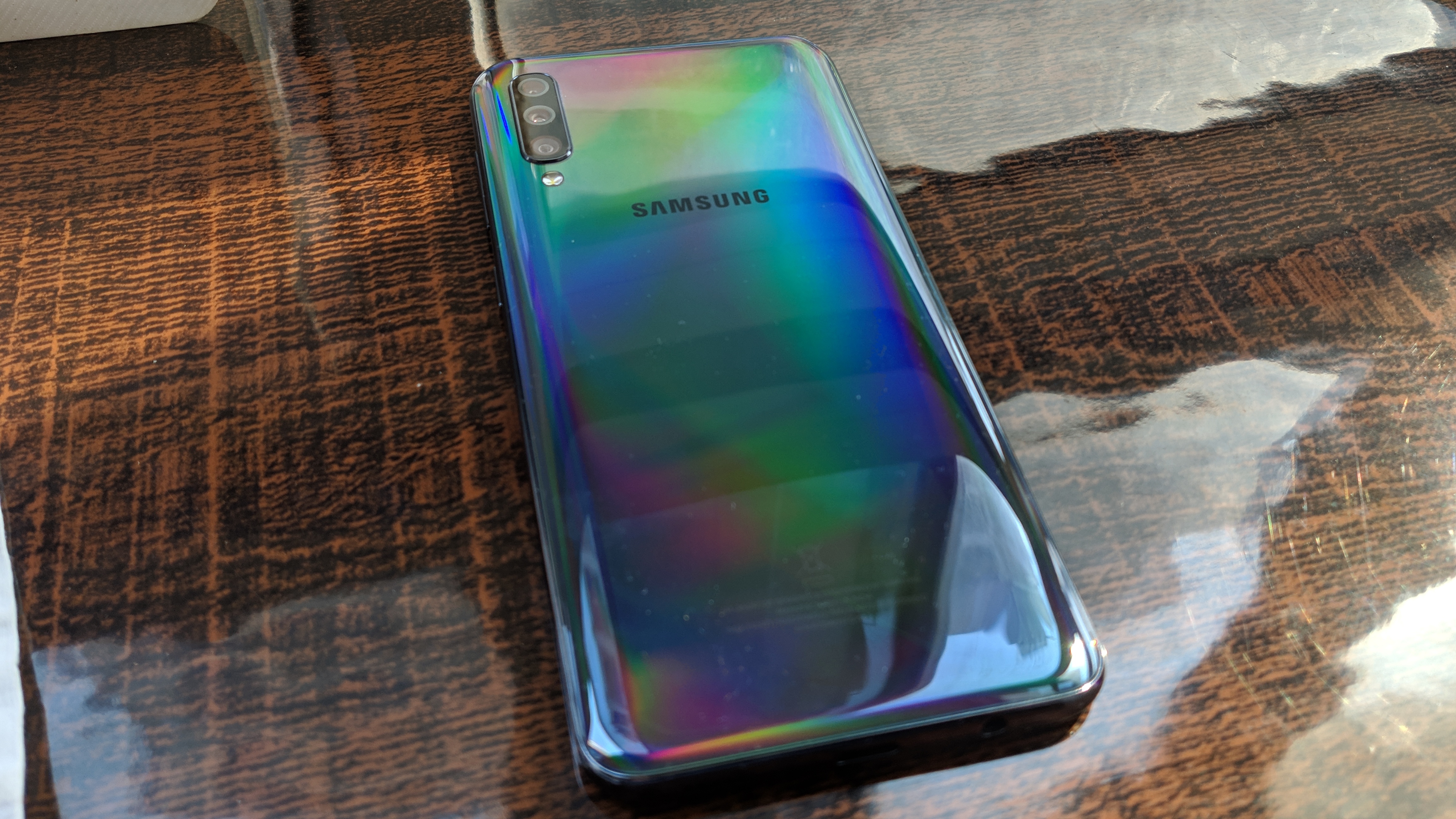
Picking up the Galaxy A50 in hand, it immediately feels very polished. The phone has a sandwich-type chassis design with polycarbonate edges that joins the screen and the back panel. While the company has gone with a notched display that should effectively narrow-down bezels, they are fairly noticeable, especially at the chin.
Sign up for breaking news, reviews, opinion, top tech deals, and more.
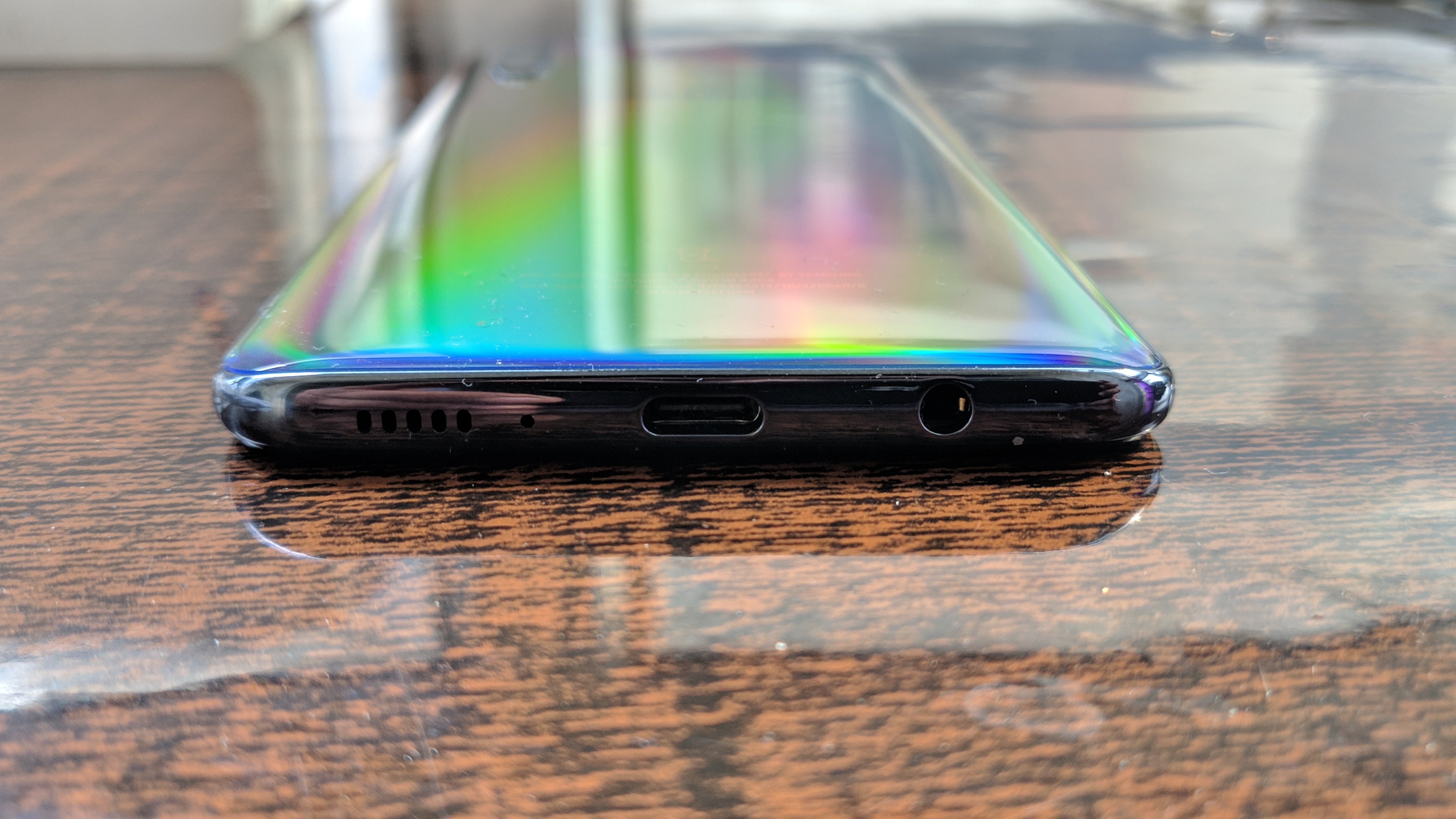
The rear panel is where Samsung has done some real magic. There’s a reflective coating that scatters the light through the plastic shell and makes for some really appealing hues. This is something that we haven't seen much before, and the colors reflected by the back of the Galaxy A50 do make it stand out from the general league of other phones.
Having said that, the back of the phone is a fingerprint and lint magnet, and we found ourselves cleaning the back of the phone very often. Samsung provides a silicone case in-the-box but given the lustrous finish on the back, we were reluctant to apply it on the A50.
The phone is sleek at 7.7mm with 3.5mm headphone jack and USB-C on the rear of the device joined by power and volume buttons on the side. There’s a speaker grille on the bottom edge which is fairly loud.
On the back, the vertical three camera module is positioned on the top-left corner with an LED flash below. Samsung’s logo combined with the reflective nature of the back panel makes for some very eye-pleasing rainbow hues. As a matter of fact, we got our hands on the Black colour model of the Galaxy A50 and not once has it given us the impression of being even close to a darker shade. Even though the phone is mostly plastic except for the front screen, the back of the phone doesn’t look and feel like plastic which is where Samsung scores some additional points from us.
Overall, the Galaxy A50 has a solid built, is sleek and we’re impressed by how Samsung has gone about with the rear panel design.
Display
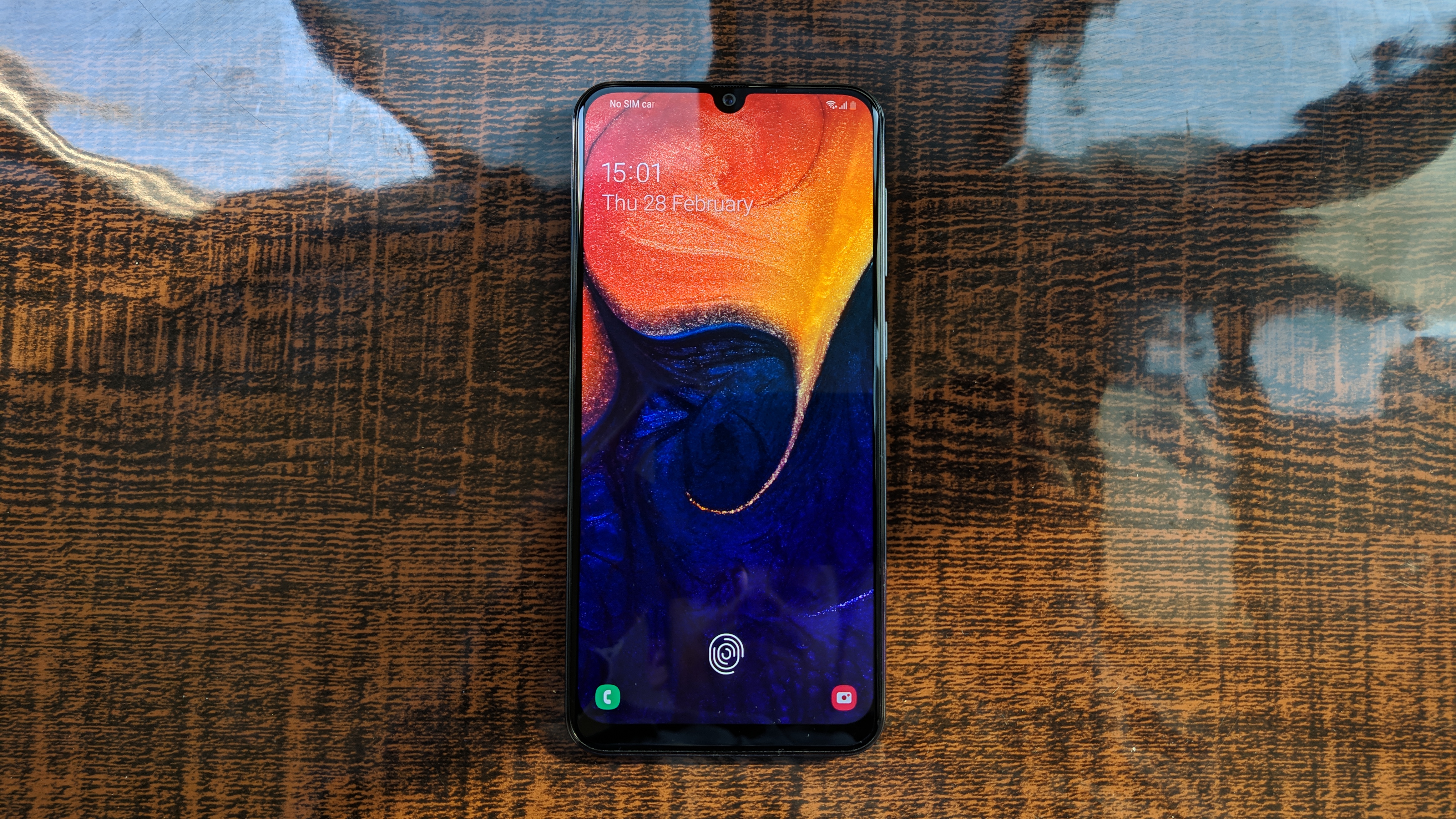
At 6.4 inches across, the Super AMOLED panel used by the Galaxy A50 looks tall and beautiful. The display’s got a Full HD+ (2340 x 1080 pixels) resolution, a pixel ratio density of 404 ppi and 19.5:9 aspect ratio. It has the U-shaped notch on the front which allows a screen-to-body ratio of 91.6%, making it one of the better phones to consume content on.
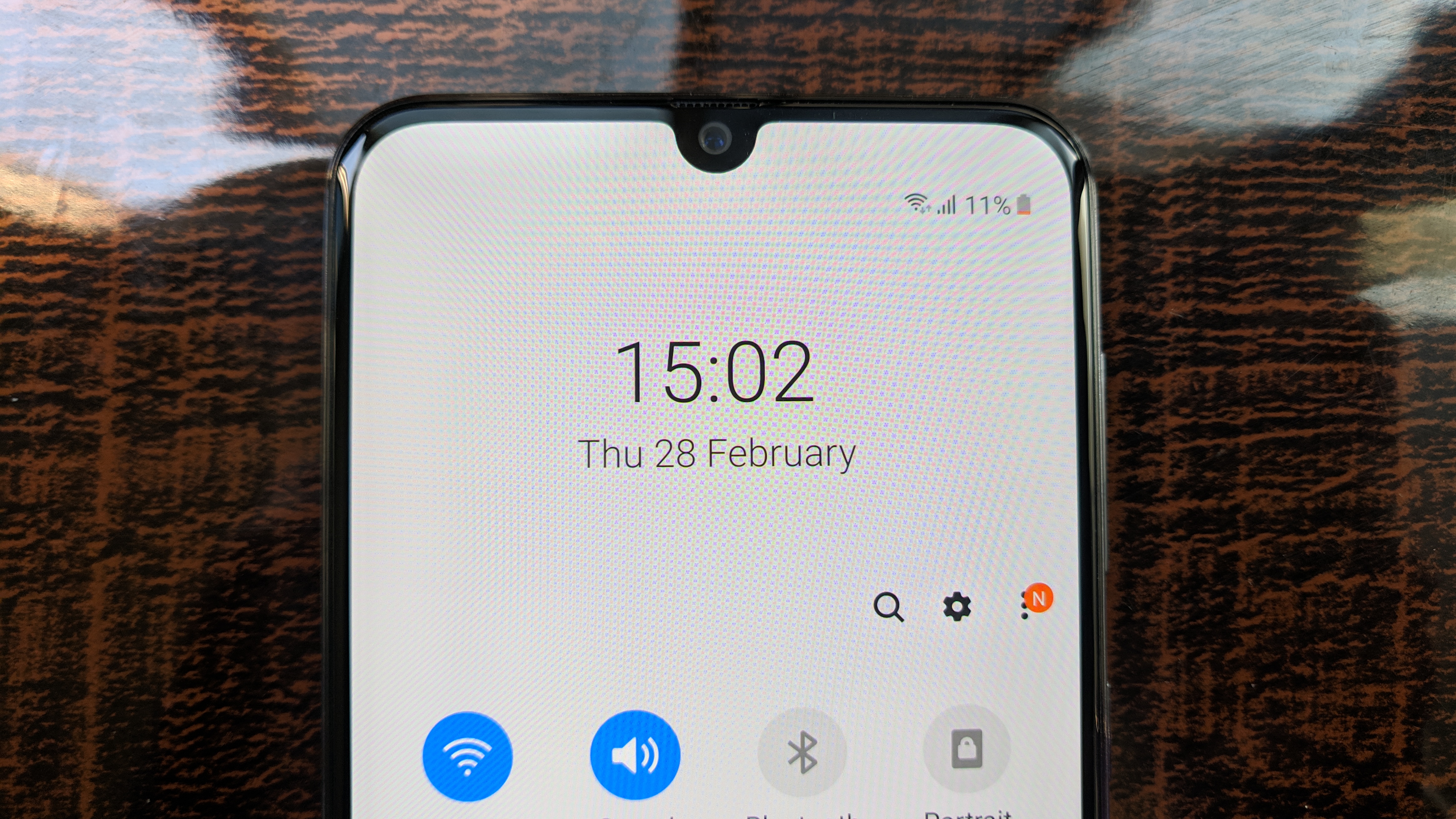
The front screen is topped with an additional layer of Gorilla Glass 3 to prevent it from scratches and scuff marks.
Samsung’s Infinity-U display is the least intrusive kind of notch design which allows more screen estate than the regular notch. This is especially useful for users who consume a lot of content on their smartphones primarily.
Due to the use of an AMOLED panel, the colours look vibrant with good contrast and saturation. The display is bright but has a bit of a warmer tone, but it’s nothing that will hamper the viewing experience.
We faced some initial hiccups with the auto-brightness where it would get activated even after being disabled manually. This is something that can be fixed via a software update, which we hope to see in the future.
Considering its price, the Galaxy A50 brings in a new AMOLED flavor to the budget phone market and further elevates the visual experience offered by it.
Camera
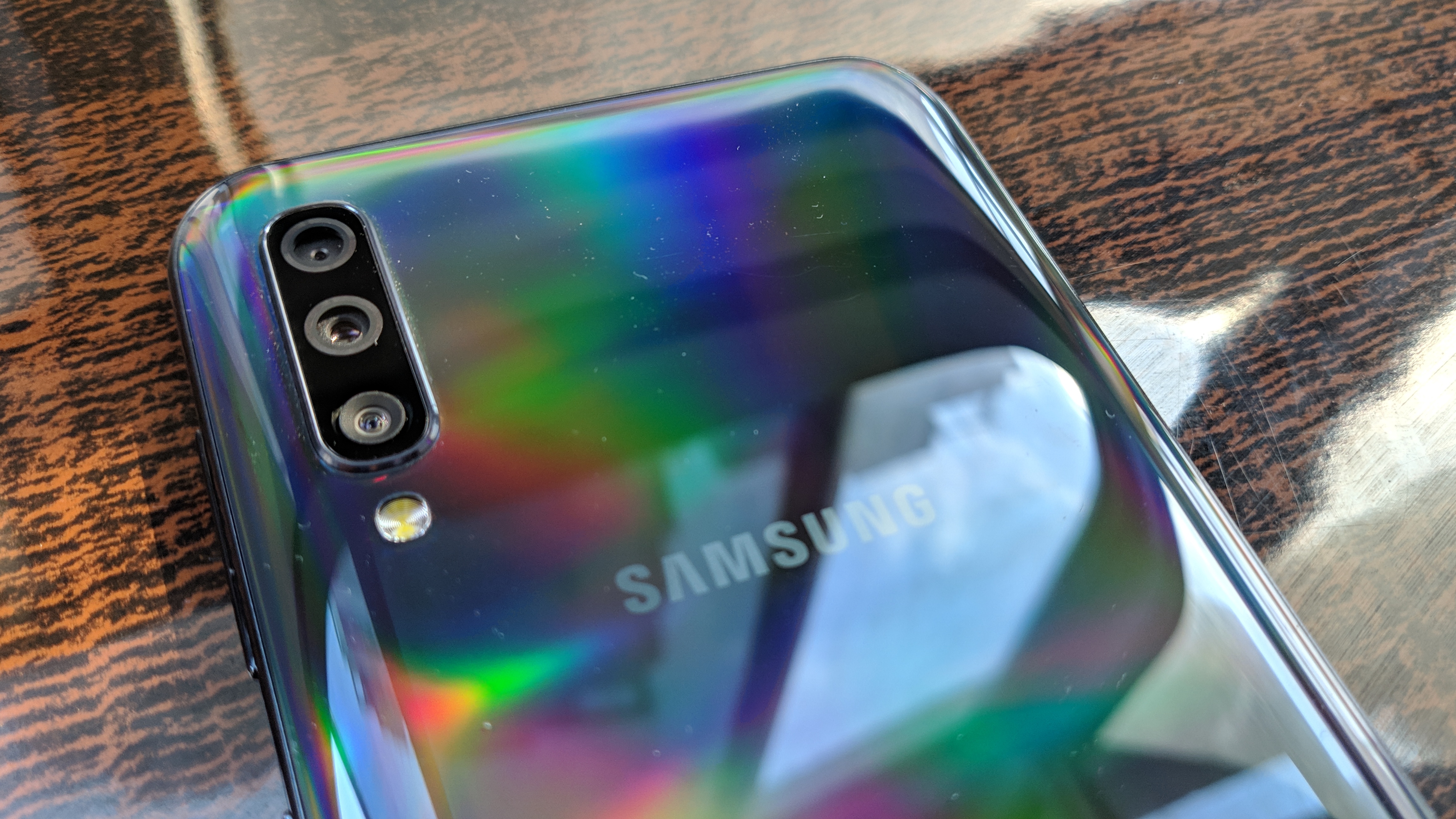
Samsung deploys a tri-camera setup on the A50 which consists of a primary 25MP camera with an f/1.7 aperture, a 5MP depth-sensing camera with f/2.2 aperture and an 8MP ultra-wide angle lens with 123-degree field of view.
Samsung has also included features likes AR Emoji and Hyperlapsem, and the cameras on Galaxy A50 can also recognize different scenes and optimize the picture accordingly. There’s a hit and miss situation with Live Focus, as the cameras often failed to 'see' depth in an image. It took some time but we did manage to grab some good shots eventually.
Testing the camera, we took pictures in a range of environments and settings to see how it really performs. The A50 takes better photos during daylight and performs poorly at night. During daytime or in well-lit environments, the cameras were able to pick up fine details with accurate colours and dynamic ratio. However, in low-lit conditions, the sensor fails to capture details at all.
The third ultra-wide angle sensor gives a different perspective to the frame and should be a point of interest for enthusiasts. Samsung has made a good decision to go with an ultra-wide camera as it opens up new possibilities towards more advanced mobile photography. It’s commendable and we expect the company to develop on it.
A couple of pictures we took in a low-lit environment came out to be full of grains and little detail. There’s too much over-processing happening over here which is why it’s a dud in low-light photography. Our daylight shots were full of detail, identifiable texture, accurate colours and contrast.
We’ll say that the camera is capable enough to pull out some Instagram worthy pictures, and that’s going to take some practice, but looking for anything more than that would be expecting too much.
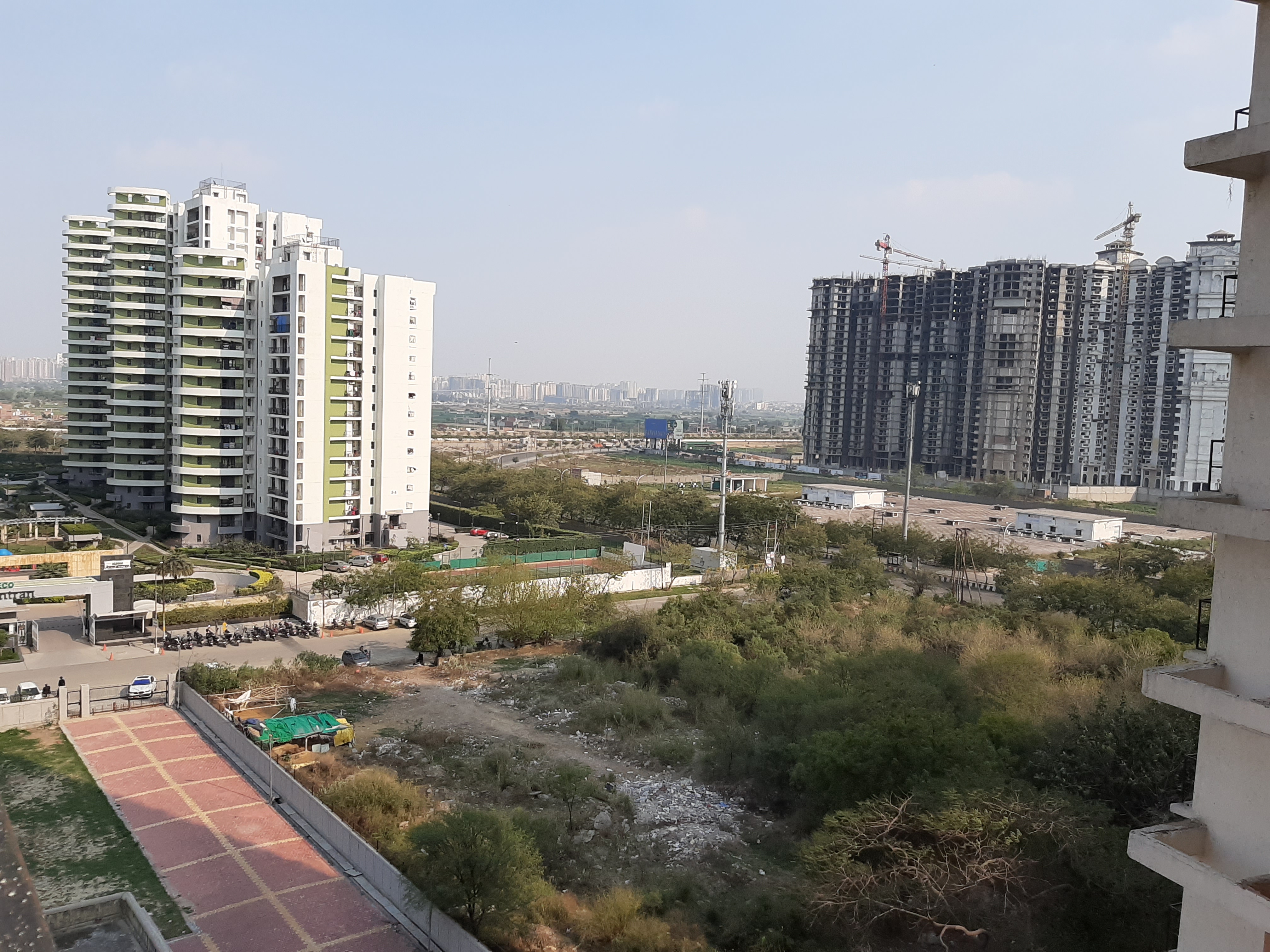
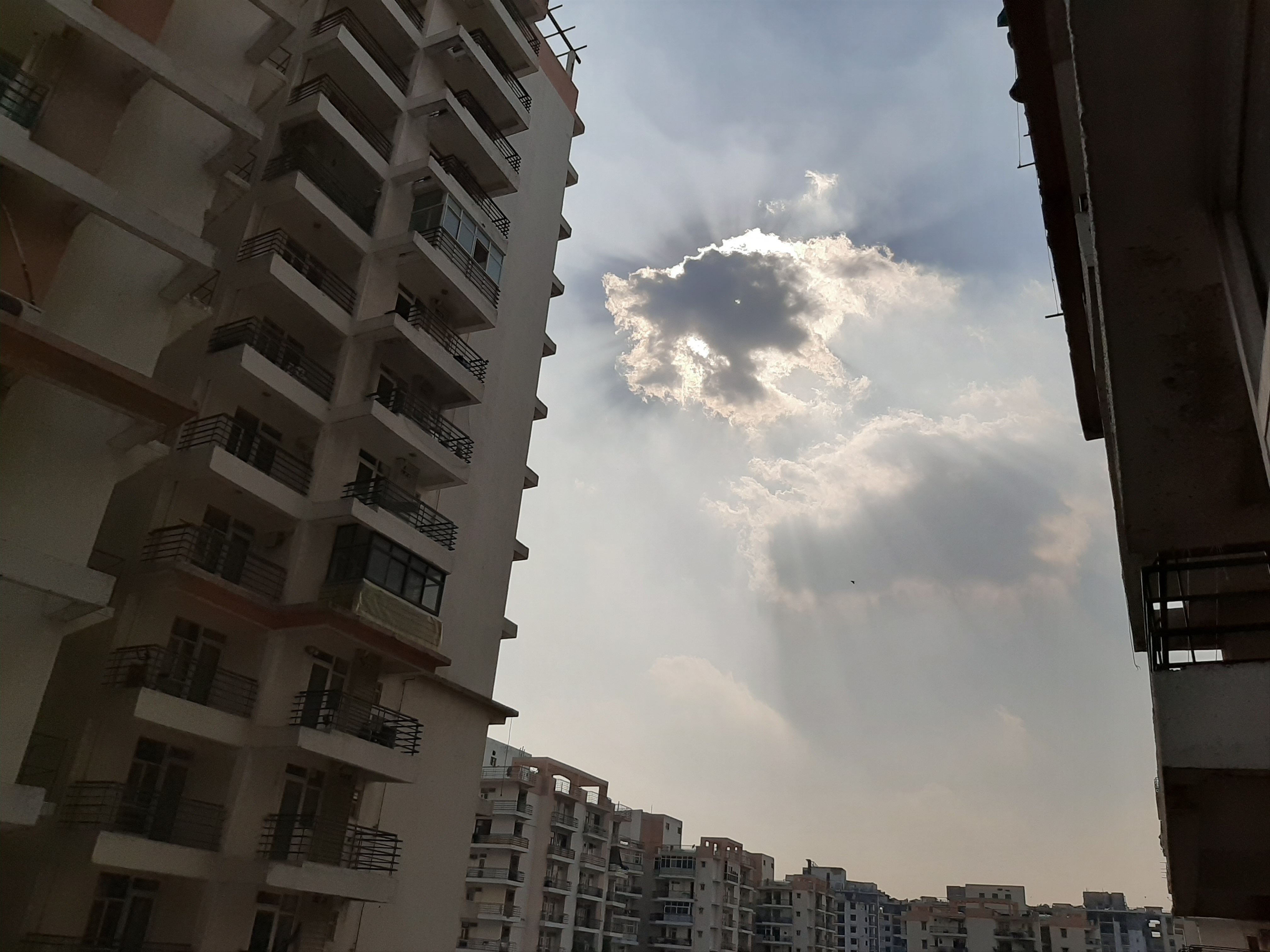
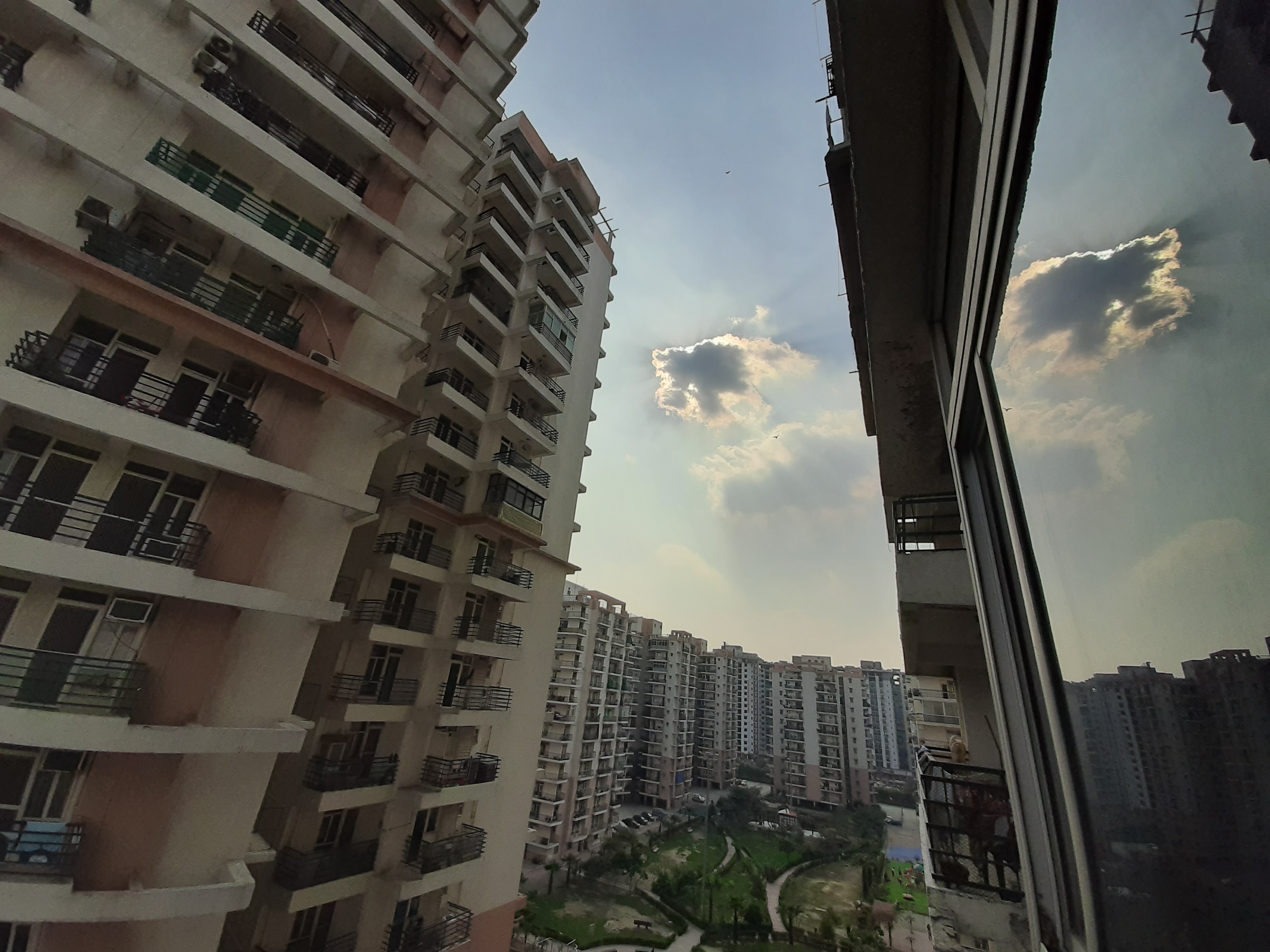
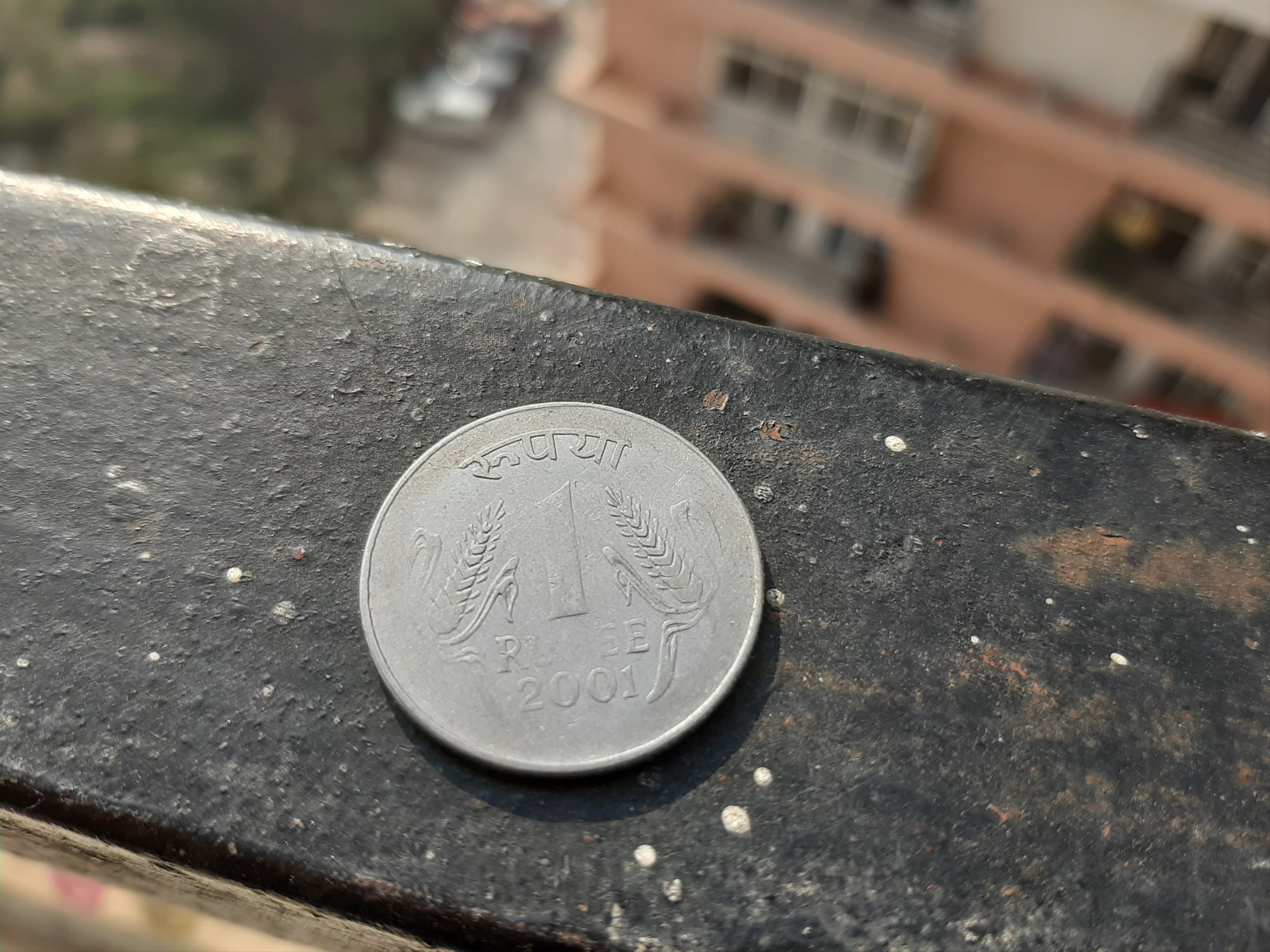
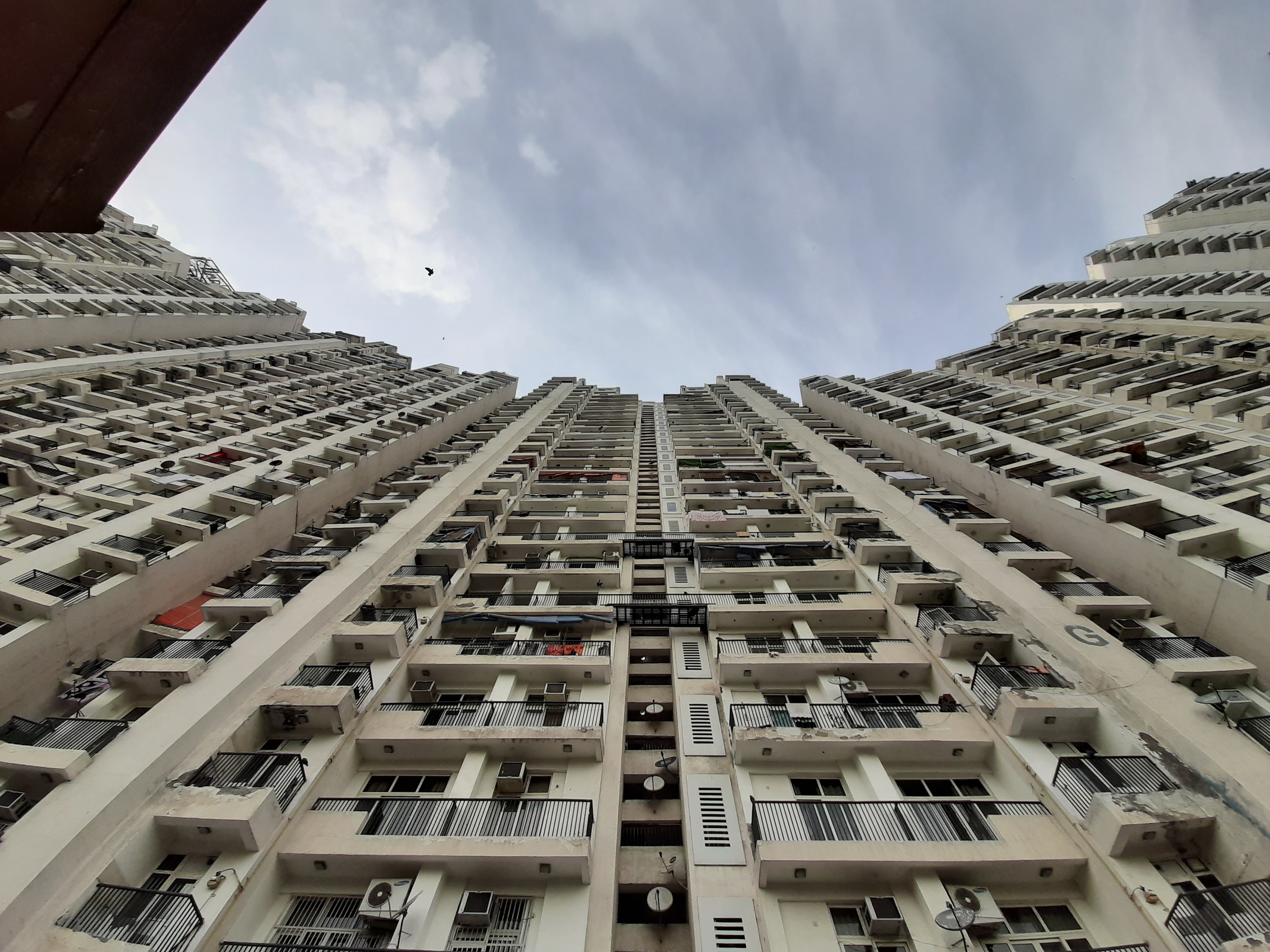
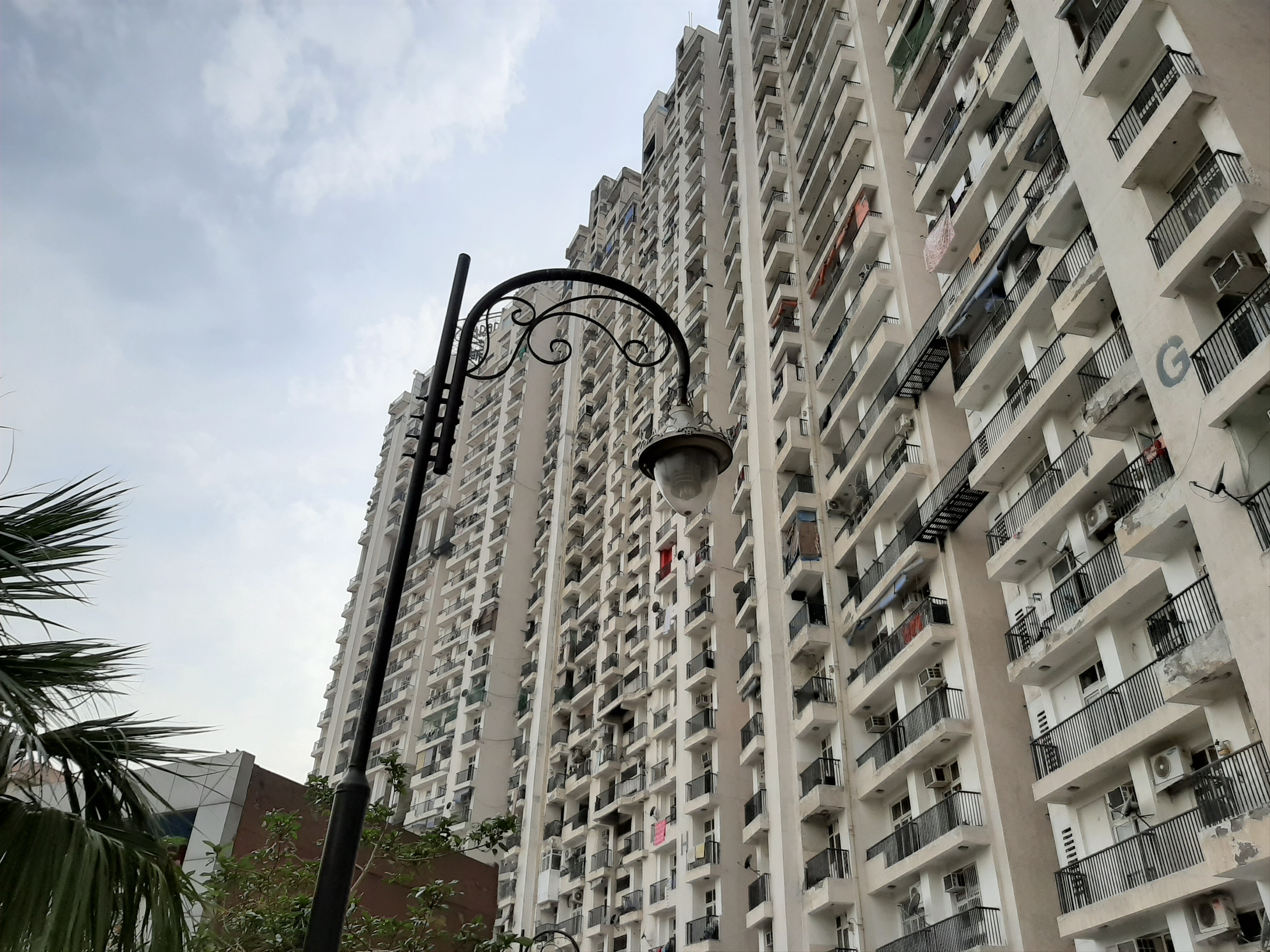

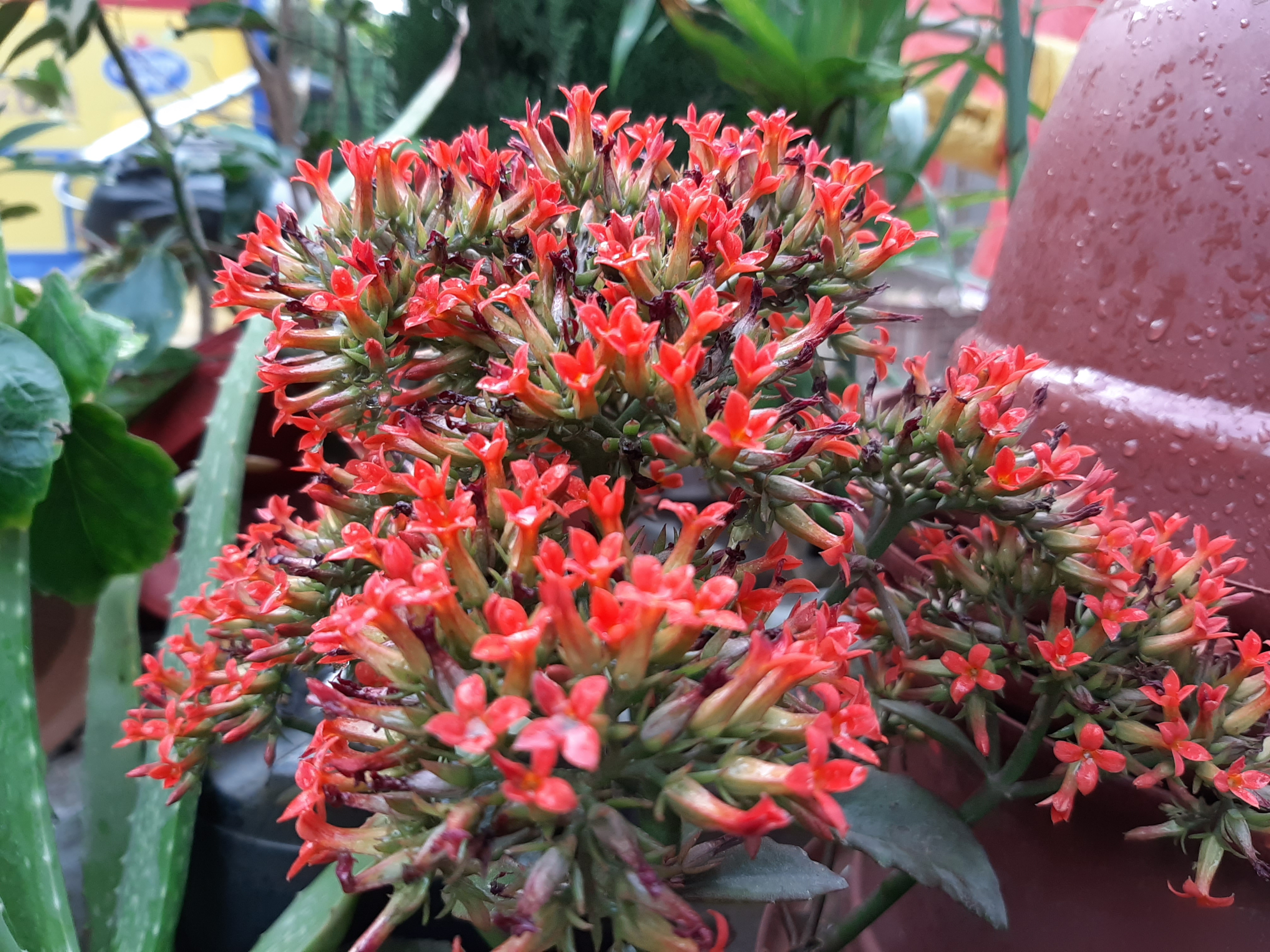




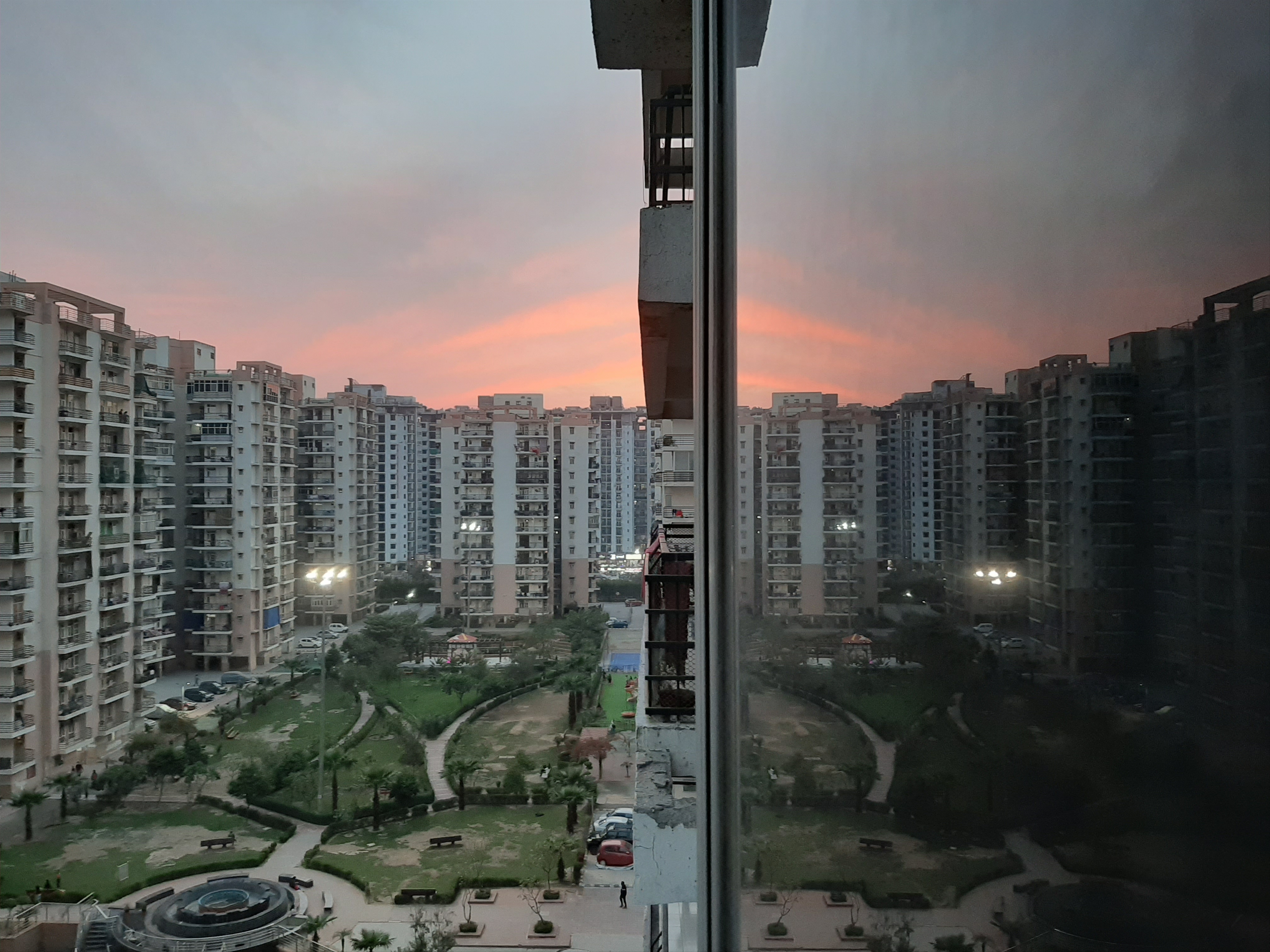
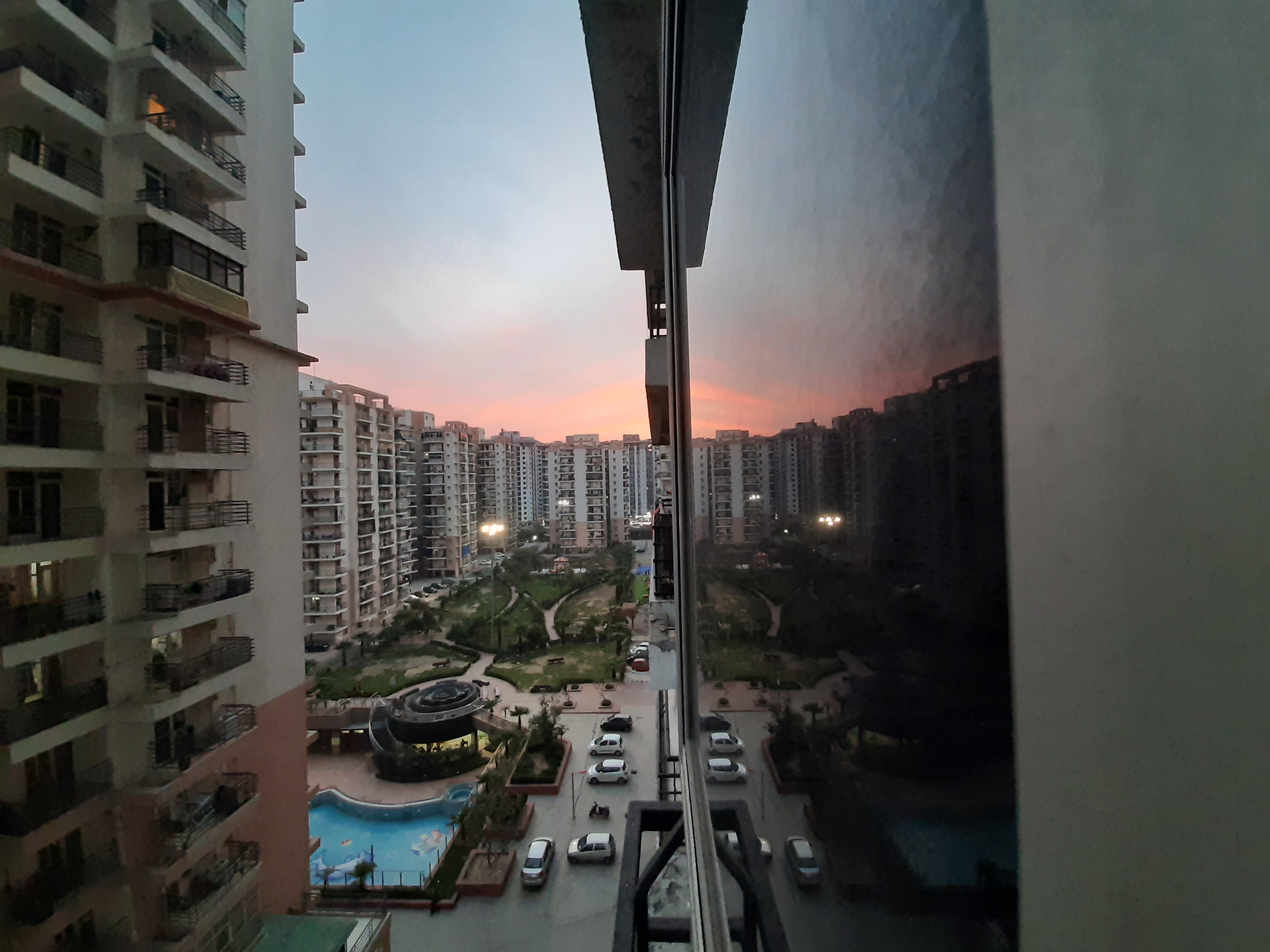
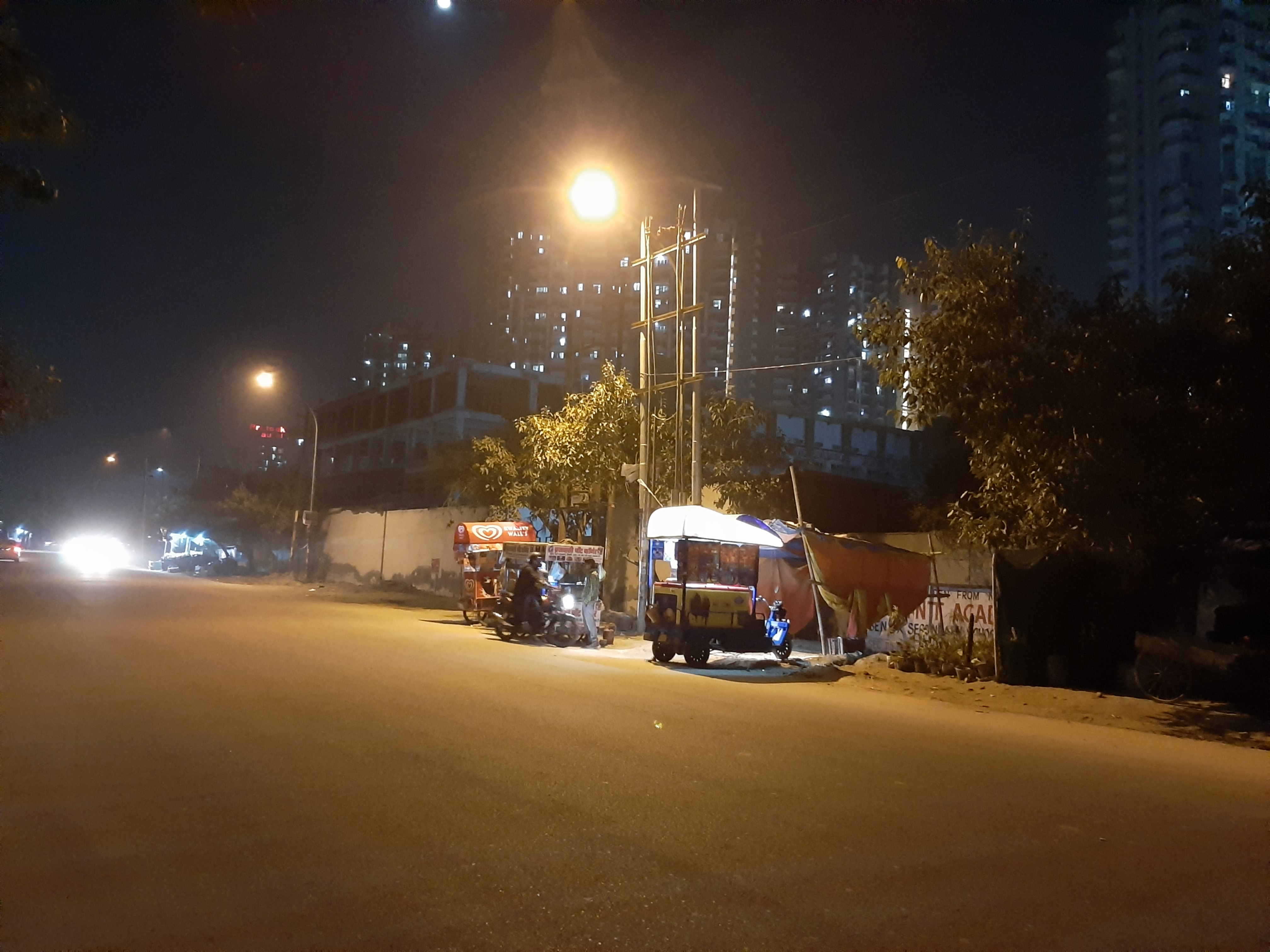
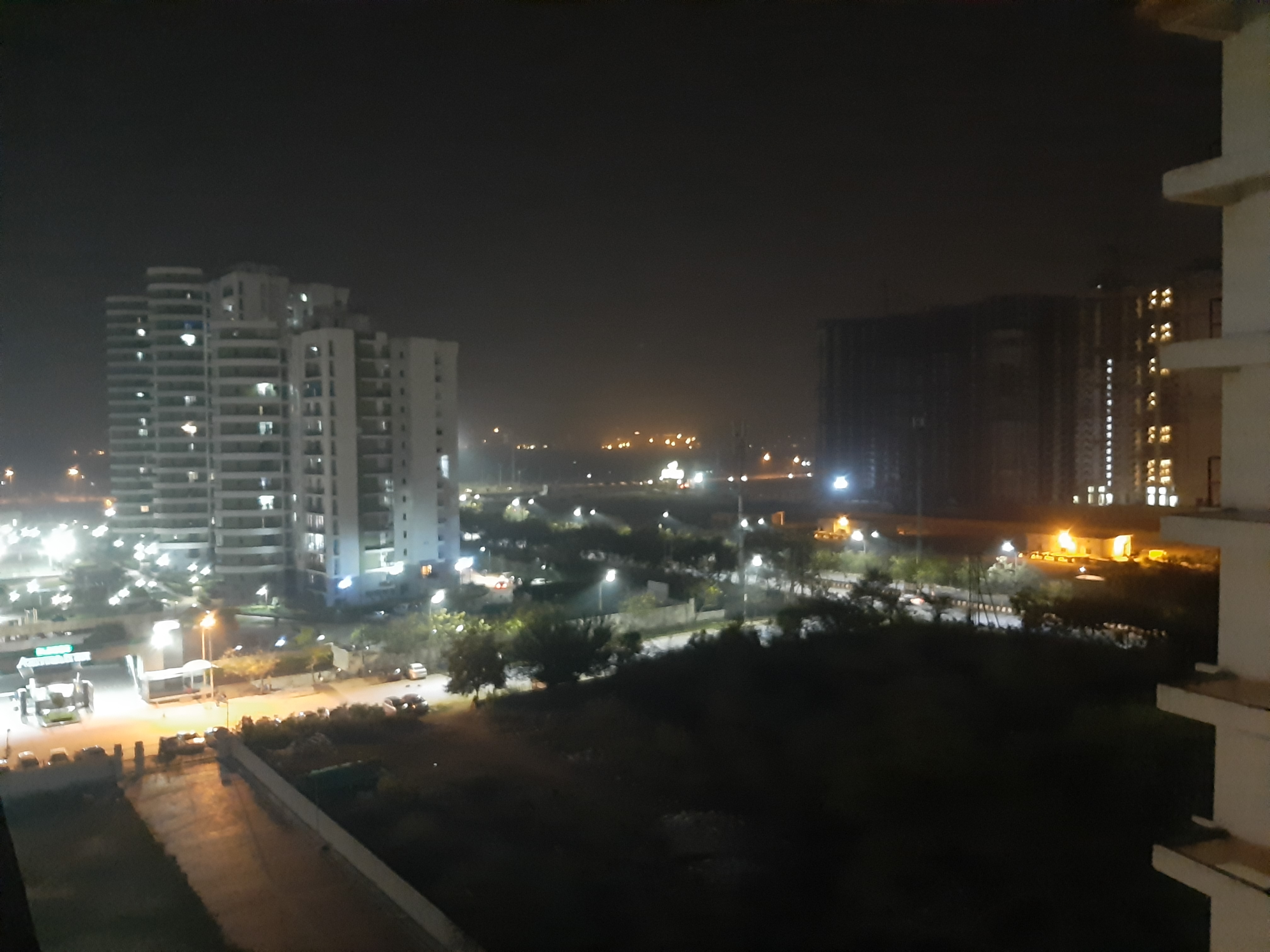

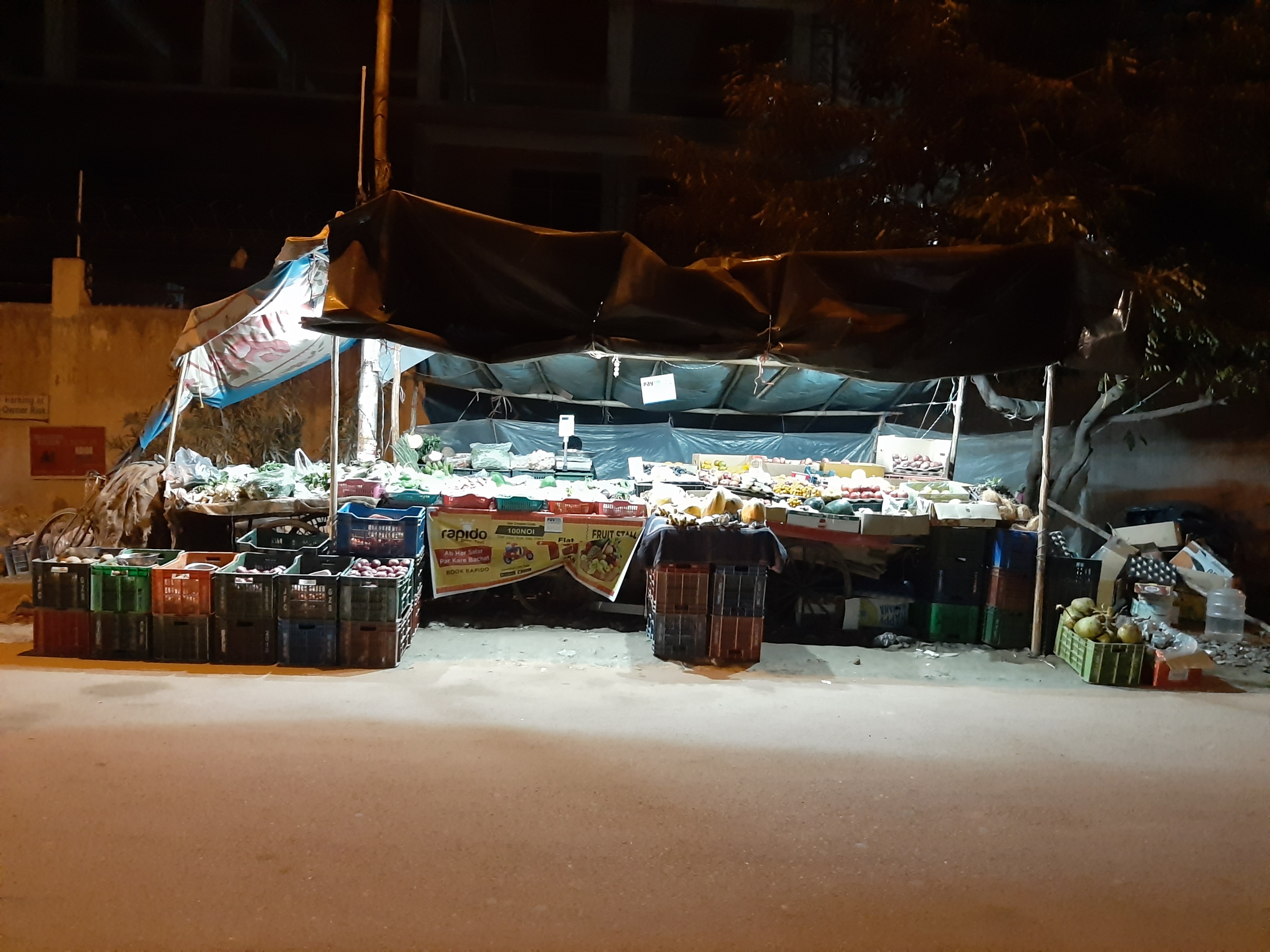

- Also Read: Realme 3 review
- Find the best deals on Samsung products with our Samsung promo codes.
- 1
- 2
Current page: Introduction, Design, Display and Camera
Next Page Performance, Battery life and Verdict
- Siddharth Chauhan is the Consumer Technology Reporter at Digit India. He used to work as an Assistant Editor at TechRadar India
